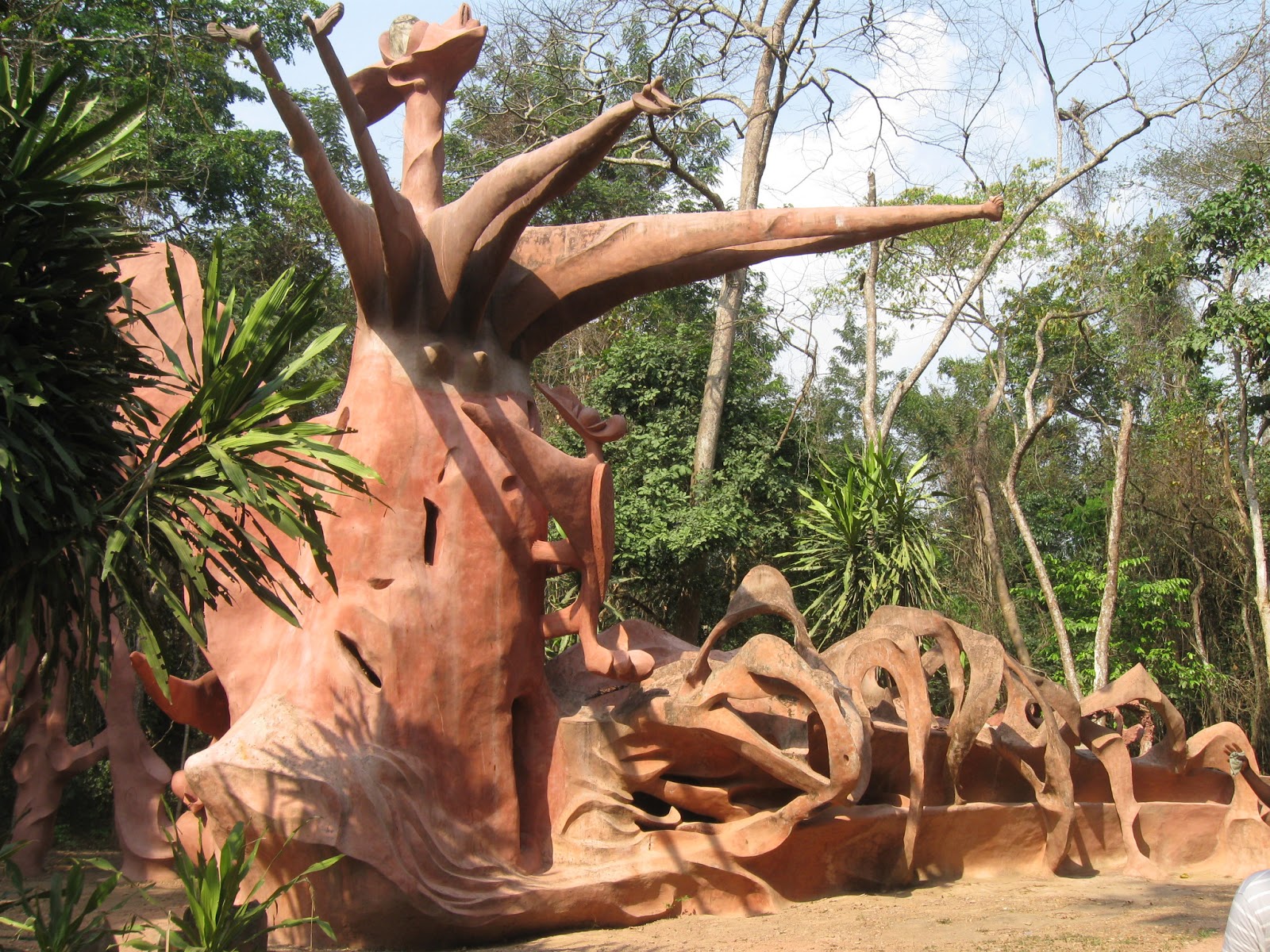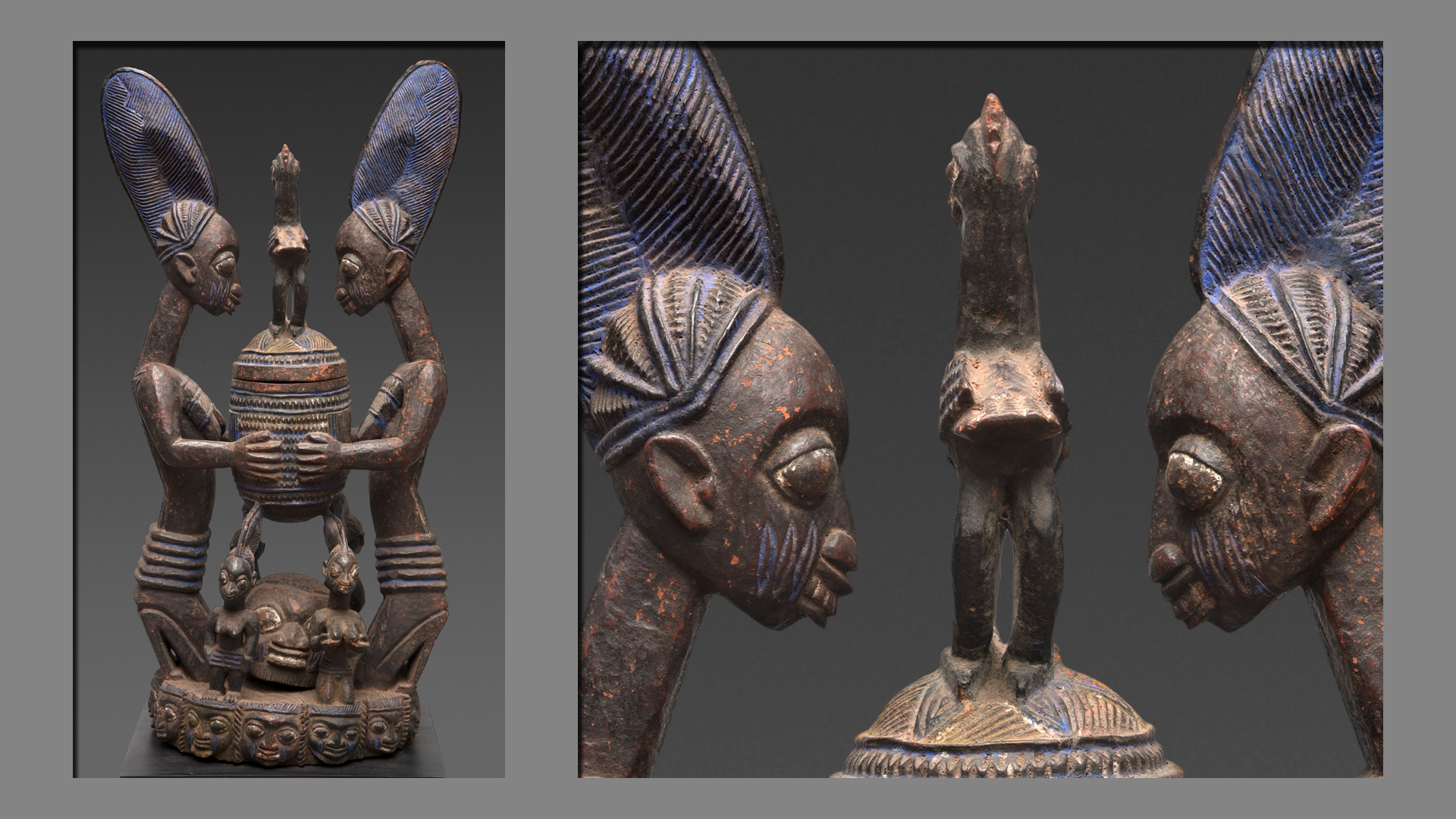What You Should Know About Yoruba Culture

Yoruba is the ethnic group of southwestern and North-central Nigeria as well as southern and central Benin, they make up 21% of Nigeria’s population. The “Ngbati Ngbati” people have rich and diverse culture ranging from their religion, festivals, food, music, art among others.
These are few basic aspects of the Yoruba tradition people should know, regardless of their tribe:
Contents
Respect

Respect is an important aspect of Yoruba tradition. It is a symbol of peace and orderliness. The manner of greeting is one of the first things a stranger will notice about someone. In Yoruba culture, the younger person is expected to greet the older one – a female kneels, while a male prostrates, although the age difference between the two people and their upbringing also play a role. The manner of greeting, and talking, are some of the ways the Yoruba people show respect to one another, and this is not only between an elder and a younger one but also among peers.
In conversations, the manner in which pronouns are used in Yoruba reflects respect. Unlike the English language where ‘you’ is used for everyone regardless of their age, in Yoruba language, e, pronounced as the ‘e’ in ‘egg’ is used when addressing someone older, while o, as pronounced in ‘okay,’ is used in addressing one’s age mate. Also, in name-calling, in addressing someone older, sister/aunt/brother/uncle precedes the person’s name.
CHECK: PROPERTIES FOR SALE IN LAGOS
Music

Music is an important and cherished part of Yoruba culture. The Yoruba people are known for their drumming tradition, especially using the dundun. A lot of these musical instruments date back to the classical period of Ile-Ife, which began at around the 10th century A.D. Some were already present prior to this period, while others were created later. The double and single iron clapperless bells are examples of instruments that preceded classical Ife. Yoruba folk music became perhaps the most prominent kind of West African music in Afro-Latin and Caribbean musical styles. Yorùbá music is known to have important influence on the music of Trinidad, Cuba and the Lukumi religious traditions
CHECK: PROPERTIES FOR RENT IN NIGERIA
Festivals

The Yoruba people have lots of vibrant ceremonies. These occasions are avenues to experience the richness of the Yoruba culture. Traditional musicians are usually present on such occasions with heavy rhythms and lyrics of praises. The Yoruba people are a very expressive, celebrating major events with colourful festivals.
There are several festivals organised by the Yorubas:
The Osun Festival, which is usually done at the Osun-Osogbo Sacred Grove is located on the banks of the Osun river in Osun state. The festival is dedicated to the river goddess Osun, which is usually celebrated in the month of August (Osù Ògùn). This annual festival attracts thousands of people from all over the world. The Osun-Osogbo Festival is a two-week-long programme, starting with the traditional cleansing of the town called ‘Iwopopo’, which is then followed in three days by the lighting of the 500-year-old sixteen-point lamp called Ina Olojumerindinlogun, which literally means The sixteen eyed fire. Then comes the ‘Ibroriade’, an assemblage of the crowns of the past ruler, Ataojas of Osogbo, for blessings. This event is led by the sitting Ataoja of Osogbo and the Arugba Yeye Osun (who is usually a young maiden dressed in white, who carries a sacred white calabash that contains propitiation materials meant for the goddess Osun, she is also accompanied by a committee of priestesses.

There are many more festivals in Yoruba land which include Eyo Olokun Festival or Orisha play, celebrated by the people of Lagos. The Eyo festival is a dedication to the God of the Sea Olokun, which means Owner of the Seas.
Child Naming

The Yoruba people have the highest number of twins in the world (4.4% of all maternities). That is 45–50 twin sets (or 90–100 twins) per 1,000 live births. There have been speculations that this rate is as a result of high consumption of a specific type of yam containing a natural phytoestrogen which may stimulate the ovaries to release an egg from each side. Twins are very important for the Yoruba and they have oruko amuti orun wa (name brought from heaven). These are names given to children according to the circumstances surrounding their birth. The first of the twins to be born is traditionally named Taiwo or Taye (Taiyewo or Tayewo), which means ‘the first to taste the world’, or the ‘slave to the second twin’. The one that comes after is called Kehinde (short for Omo kehin de gba egbon which means, ‘the child that came behind gets the rights of the elder’). Idowu is the name given to the child born after a set of twins, Alaba is the one that comes after Idowu. Other oruko amutorunwa names include Ojo, Aina, Oke, among others.
CHECK: LAND FOR SALE IN IKORODU
Food

The Yoruba diet consists of starchy tubers, grains, and plantains. These are supplemented by vegetable oils, wild and cultivated fruits and vegetables, meat, and fish. The popular foods include pounded yam (made from yam), amala (made yam or unripe plantain), eba (made from cassava), moi moi (from beans), akara (from beans), rice and yams and other common foods in Nigeria. The most popular soups are egusi, efo riro, ila-alasepo, among others.
CHECK: PROPERTIES FOR SALE IN NIGERIA
Sculpture

The Yoruba are famous for their magnificent Terracotta works throughout the 12th and 14th century. They are known to be prolific sculptors. Esie Museum is a museum in Esie, Irepodun. The museum was the first to be established in Nigeria when it opened in 1945. The museum once housed over one thousand tombstone figures or images representing human beings. In modern times the Esie Museum has been the centre of religious activities and hosts a festival in the month of April every year.






